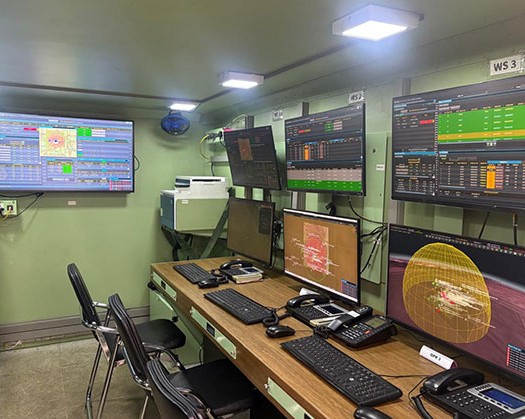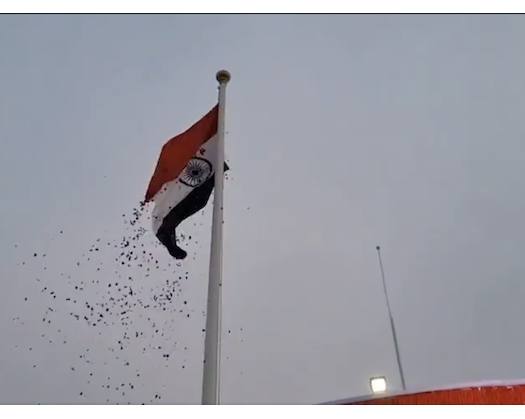New Delhi: In a significant step toward modernising India's defence capabilities, the Indian Army reached a critical milestone with the creation and gradual deployment of Project Akashteer.
This ambitious effort, a critical component of the Army's Decade of Transformation and Year of Tech Absorption, seeks to build a strong and responsive air defence network for India, capable of meeting current aerial challenges with agility and accuracy.
Recently, Project Akashteer was realtime validated by simulating circumstances that are likely to occur during future conflicts. A senior military officer saw the verification, admired the project's accomplishments, and complimented the team that created Akashteer.
He complimented their efforts, stating that they have resulted in a dramatic change in the Indian Army's air defence capabilities.
Project Akashteer presents a completely automated and integrated air defence system that provides unrivaled responsiveness and dependability. Here's a closer look at the innovative components of this revolutionary program:
Comprehensive Sensor Fusion: Akashteer has successfully combined all air defence sensors from the Army Air Defence (AAD) and the Indian Air Force (IAF), resulting in a bottom-up fusion of land-based sensors. This provides a seamless and unified air picture that is accessible to the Army AD's lowest operational units, improving coordination and situational awareness across the force.
Automated Operations for Rapid Response: In air defense, every second counts. Akashteer's automation replaces human data input, saving significant time. The system runs at maximum efficiency without human intervention, allowing for rapid response to fast-moving airborne challenges. To demonstrate, a jet traveling at supersonic speeds can go up to 18 kilometres in a single minute. Akashteer ensures that no time is wasted in preparing for defense.
Decentralized Engagement Authority: By decentralizing the authority to engage enemy aircraft, Akashteer empowers front-line troops, allowing quick engagement decisions while maintaining controlled freedom to avoid friendly fire. This decentralization is especially crucial for teams stationed inside the Northern and Eastern Commands, which are already equipped with Akashteer systems.
Advanced RealTime Air Picture: Akashteer combines live data from a variety of sources, including 3D Tactical Radars, LowLevel Lightweight Radars, and the Akash Weapon System, to create a multidimensional view of the sky. This integrated view is useful for both long-term planning and quick-response situations, providing Indian forces with an advantage in defending India's skies.
Built-in Redundancy and Scalability: The system has strong communication redundancy, which ensures connectivity even in difficult situations. Furthermore, Akashteer provides software and hardware upgrade options, making it a futureproof platform capable of adapting to changing technological and operational needs.
Flexible Deployment Across Formations: Recognizing that operational requirements differ, Akashteer has been designed to deliver mobile, adaptable platforms for strike formations, while pivot formations have been outfitted with robust, land-based systems. This adaptability allows the system to efficiently support a variety of military scenarios, bolstering India's defense on several levels.
Akashteer's phased induction has already begun. 107 of the 455 systems needed have already been supplied, and another 105 are expected by March 2025. The remaining units will be delivered by March 2027, providing complete coverage across the Indian Army's defence units and formations.
The Indian Army is establishing itself as a leader in air defense technology through Project Akashteer, ensuring a safe and vigilant airspace over India. This important accomplishment highlights India's defense forces' dedication to innovation and capability development in response to ever-changing security situations.













